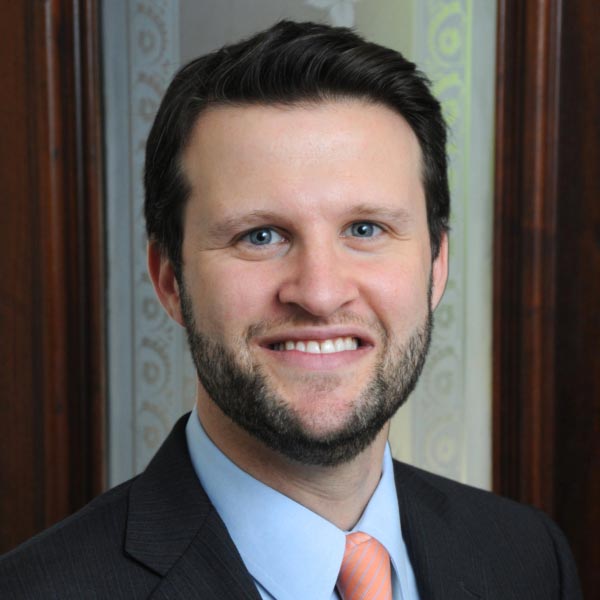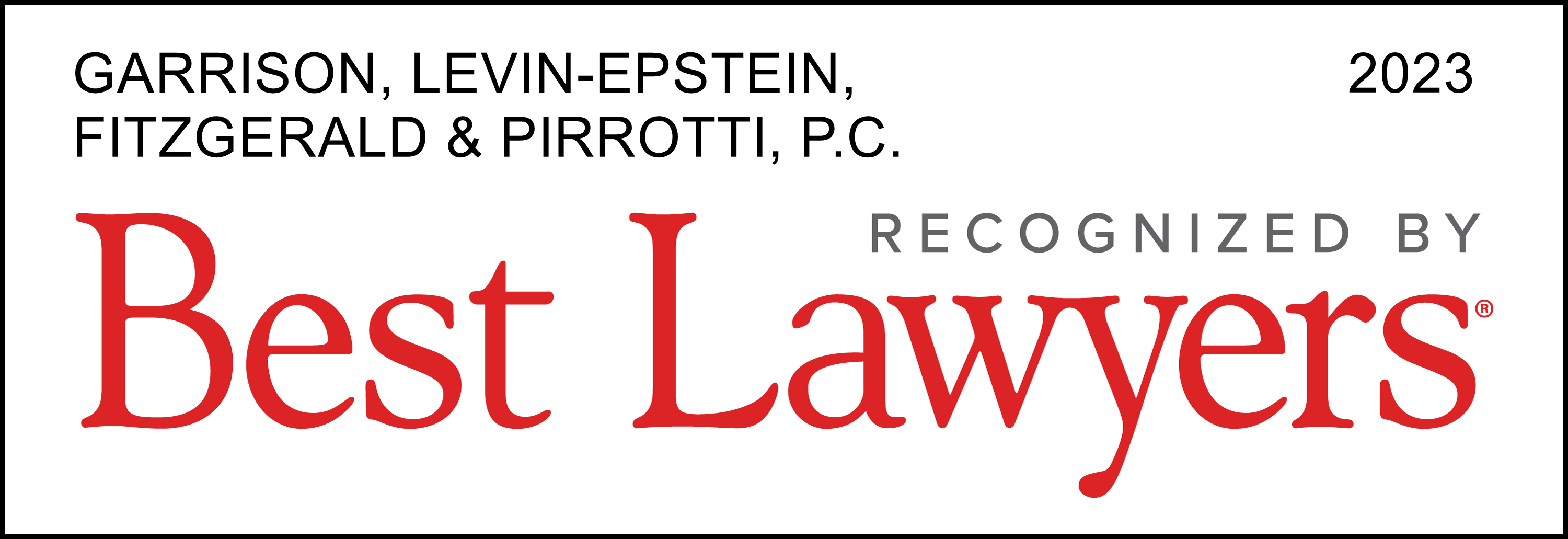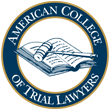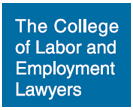Posted by Garrison, Levin-Epstein, Fitzgerald & Pirrotti, P.C. in News
Jul 27 2015
As it appeared in the Connecticut Law Tribune
Joshua R. Goodbaum , The Connecticut Law Tribune
The U.S. Supreme Court’s most recent term was one for the history books. With Obamacare, lethal injection, air pollution, gerrymandering, the Confederate battle flag, and (of course) same-sex marriage all on its docket, the court seemed to take a swing at many of the most divisive social and political issues of our day. In retrospect, though, perhaps we should remember the term more for what didn’t happen than what did. Obamacare wasn’t gutted; lethal injection wasn’t prohibited; and tens of thousands of gay and lesbian couples didn’t have their existing marriages invalidated. In its highest profile cases, then, the court seems to have made a concerted effort not to rock the boat.
The labor and employment cases of the past term were no exception. Historically speaking, this term was a quieter one for labor and employment law. (By way of comparison, in the previous term, Hobby Lobby exempted religious employers from the contraception mandate; Harris v. Quinn raised serious doubts about union “fair share” fees; and Noel Canning nullified scores of National Labor Relations Board rulings.) Still, in the labor and employment cases that deserve the most attention, the theme of stability prevailed.
In perhaps the highest-profile employment case of the term, EEOC v. Abercrombie & Fitch, the Supreme Court affirmed with near unanimity that Title VII’s provision for religious accommodations means basically what most employment lawyers always thought it did: An employer usually cannot discriminate against an applicant for employment on the basis of that applicant’s religious beliefs or practices.
The case involved a young woman named Samantha Elauf and her application for a retail position at Abercrombie & Fitch. An observant Muslim, Elauf regularly wore a headscarf (or hijab), including to her interview at A&F. Although the company never asked her about her headscarf and she never commented on it, it was nonetheless the basis on which the company rejected her application. (A&F’s so-called “Look Policy” apparently prohibited employees from wearing “caps,” which it didn’t define.)
The Equal Employment Opportunity Commission won a trial on Elauf’s behalf, on the theory that A&F had failed to accommodate her religion, as Title VII requires. But an appellate court reversed, finding no evidence that A&F actually knew (rather than merely suspected) that, by wearing the hijab, Elauf was impliedly requesting a religious accommodation. The Supreme Court granted certiorari to answer whether the EEOC needed to prove that A&F knew definitively that Elauf wore a headscarf because of her religion. Justice Antonin Scalia, writing for an eight-member majority, said no. The only requirement under Title VII, he wrote, is that religion is a motivating factor in the decision not to accommodate.
As with many of the court’s landmark decisions from this term, EEOC v. A&F is more remarkable for its consistency than for its disruptiveness. A contrary holding—that the EEOC had to prove that A&F had actual notice that Elauf wanted a religious accommodation—could have wreaked havoc for discrimination plaintiffs. Proving specific knowledge, after all, can be exceptionally difficult, and plaintiffs must be able to impute knowledge based on the circumstances. Must an applicant who arrives to a job interview in a wheelchair state explicitly that he needs his physical disability accommodated? Surely not. Yet a contrary holding from the Supreme Court in EEOC v. A&F might well have opened up just that sort of argument.
This pattern of stability in the law held in the other high-profile employment case of the term, Young v. UPS.
When United Parcel Service delivery driver Peggy Young’s pregnancy prevented her from satisfying the lifting requirements of her job, she requested an accommodation. UPS denied her request, despite granting similar ones to nonpregnant employees (such as those who were hurt on the job). Young then sued under the federal Pregnancy Discrimination Act (PDA), which requires employers to treat pregnant women “the same for all employment-related purposes … as other persons not so affected but similar in their ability or inability to work.”
Young argued to the court that the PDA required UPS to treat her at least as well as any other nonpregnant employee who needed an accommodation. UPS argued that this was tantamount to “most favored nation” status, which the PDA didn’t endorse. So long as the criteria were neutral and not based on pregnancy, UPS argued, they did not violate the PDA.
The Supreme Court more or less split the difference. Borrowing from Title VII jurisprudence, the six-member majority (in an opinion by Justice Stephen Breyer) said courts hearing pregnancy accommodation claims should apply a variation of the well-known McDonnell-Douglas burden-shifting framework. Once the worker has shown that she was treated worse than her nonpregnant peers, the employer must offer a neutral reason for the disparate treatment. Then the worker can try to refute the reason, showing that the policy puts a “significant burden” on pregnant workers and is “not sufficiently strong” to justify that burden.
In crafting this compromise approach, the Supreme Court once again evinced its apparent desire to keep the law as stable as possible. In fact, the stability here owes not just to the court’s decision, but also to the fact that 2008 amendments to the Americans with Disabilities Act mean that employers must now treat pregnancy-related impairments more like traditional disabilities—a fact seemingly lost in much of the mainstream media coverage of the decision.
Several less noteworthy employment law decisions from this past term—all of them unanimous—likewise demonstrated a desire not to rock the jurisprudential boat. In Tibble v. Edison International, for example, the court reiterated that fiduciaries of 401(k) plans have a continuing duty under the Employee Retirement Income Security Act to monitor trust investments, meaning the limitations period on breach of duty claims runs not from the initial selection of an investment, but rather from the last date on which the fiduciary could have taken action.
In KBR v. U.S. ex rel. Carter, the court rejected an ambitious argument from industry that the False Claims Act’s first-to-file rule—which prohibits plaintiffs from piling onto “pending action[s]“—barred subsequent suits even after the initial action was dismissed. And in M&G Polymers USA v. Tackett, the court reinforced that collective bargaining agreements are interpreted based on ordinary contract principles, without any labor-specific presumptions one way or the other.
So it is that, in a term of high-profile cases, the Supreme Court managed to leave employment law relatively untouched. Don’t expect that streak to last, though, as the term starting in just a few months offers several opportunities for earth-shattering opinions. In the area of collective litigation, for example—much of which concerns employment in one way or another—the court will consider whether all members of a class or collective must have Article III standing for a case to proceed in federal court; whether a defendant-employer’s offer of complete relief to a lead plaintiff renders a case moot and thus deprives a federal court of jurisdiction; and whether proof of damages by sampling and statistics, using an “average” class or collective member, is sufficient to determine individual damages. A decision for the defendants in any one of those cases raises the specter of a substantial shift in employment law and could mark an end to the stability that characterized this most recent term.
Posted by Garrison, Levin-Epstein, Fitzgerald & Pirrotti, P.C. in News
Tagged Joshua Goodbaum









